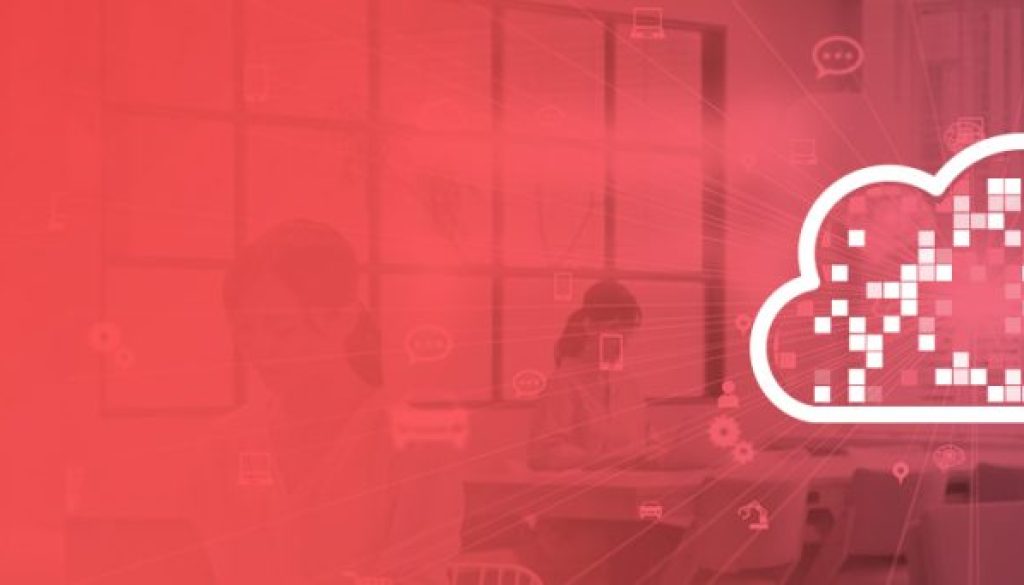Top 5 cloud computing trends to look for in 2022

We all know what changed in 2020 and 2021 to accelerate cloud adoption. Companies across industries were forced to embrace the cloud, if they hadn’t already. They needed to build resilience, provide their products and services in different ways, and accommodate remote work. Now, as we enter 2022, many more companies have migrated their workloads to a cloud environment.
But have they mastered the cloud?
Mastering the cloud means a continuous commitment to optimizing it. Accordingly, here are five cloud computing trends for 2022 that you need to know, whether you just started your cloud journey or want to optimize your current cloud environment.
1. Cleaner, greener cloud services
Moving to the cloud has always been seen as a way to improve security, reliability, cost, and performance, but it also can play a part in curbing climate change. A forecast from IDC shows that continued adoption of the cloud could reduce carbon emissions by more than 1 billion metric tons in the years 2021–2024. That’s certainly encouraging, but companies already on the cloud are looking to lower their carbon footprints even more. As part of their environmental, social and corporate governance (ESG) efforts, business leaders are looking not only at what their own company could do to cut emissions, but also what their vendors could do.
Cloud providers are aware of this growing trend and are doing something about it. AWS has pledged to power their operations with 100% renewable energy by 2025, for example, and the three major cloud providers provide tools organizations can use to see the environmental impact of their cloud usage.
2. Edge computing
Edge computing is a form of distributed computing in which data is processed, stored, and analyzed closer to the data source or computing device rather than sending that data to a centralized network (the cloud) first. This reduces the load on cloud resources as well as shortens the distance the data needs to travel, decreasing the latency considerably. Low latency is especially important for autonomous vehicles, but it can also improve the performance of a great deal of applications that need real-time information.
Cloud providers are responding by offering edge services that allow users to deploy APIs and tools to locations outside their data centers. Edge computing is a trend that will grow in 2022, and it will continue to grow as connected devices and IoT connections increase.
3. Distributed cloud
Many organizations want to move all their workloads to the cloud, but some of those workloads can’t be moved. That may be because of specific requirements for performance, regulatory compliance, or other reasons. With a distributed cloud, multiple clouds are used to satisfy these needs. Through solutions such as those under Google Distributed Cloud, the same public cloud infrastructure you’re familiar with can run in different locations, including your own data center or another data center close by.
In addition to this model being the answer to some of the difficulties organizations have with hybrid and private clouds, it can also bolster edge computing. And as with many cloud trends, the distributed cloud model allows you to focus more on revenue-generating activities instead of spending time on infrastructure.
4. Serverless computing
Serverless describes a type of cloud computing in which IT resources are provided on an as-needed basis, scaling with the demands of your application. Serverless services, such as Microsoft’s Azure Functions, do this through event-driven architecture that mandates stateless behavior, employing a Function as a Service (FaaS) design pattern. These services do involve servers, however, regardless of what the name may conjure in the mind. The “less” part describes eliminating the need to deploy and manage these servers, saving time and therefore making serverless a driving force for enabling faster development and innovation.
Serverless computing will continue to gain popularity in 2022, and not only for the cost and time savings it enables. Organizations are also moving toward serverless in order to launch new services without adding more strain to their overworked (and often insufficient) IT rosters.
5. Containerization
Containerization involves bundling an application with its entire runtime environment, isolated from other applications so that it will run on a consistent basis no matter the computing environment on which it’s deployed. Cost-effective and far less resource heavy than virtual machines, containers allow applications to be deployed and updated easily and quickly. In a cloud environment, containerized applications can be seamlessly deployed across a hybrid or multi-cloud environment.
Containerized applications are seeing a rapid increase in growth, and they will continue to do so as organizations modernize their legacy applications by making them cloud native.
Conclusion
These cloud trends weren’t the first and certainly won’t be the last we see from the technology. That’s why it’s important to continuously improve your cloud environment when ways to optimize it come to light. With that said, these trends look to become increasingly prominent in 2022 as businesses that want to stay competitive move from adopting cloud to mastering it.
What Relevantz Can Do for You
Relevantz has been helping enterprises in their cloud journey from deploying cloud environments, providing migration and needed development services to move traditional non-cloud applications to the cloud environment, and developing cloud-native applications on AWS, Azure, and GCP. We can help your enterprise in any stage of your cloud journey to adopt and leverage cloud capabilities in building your digital business.
Do you want to bring relevance to your cloud computing strategy?
